An 80 Year Old Mystery And A Vanished WWII Submarine Is Uncovered By Experts
Led by Tim Taylor in summer 2019, a crew of modern explorers called the “Lost 52 Project” were searching the vast seas. Their mission was mysterious to say the least.
The discovery of the “U.S.S. Grayback” (SS-208) was one of the most decorated and famous World War II submarines. However, it disappeared in 1944, along with its crew of 80 members. Around Veteran’s Day, mystery that was unsolved for nearly 80 years could finally be put to bed.
Using an underwater vehicle to search for the missing sub and its crew, the unmanned underwater drone travels throughout the depths of the ocean. But, it all of a sudden malfunctions. The UUV is retrieved by the team, who discovers inconspicuous data which leads them to conduct a deep ocean exploration.
You will never believe what they found.
The Story Behind The U.S.S. Grayback Sub
On a winter morning in 1944, the U.S.S. Grayback embarked on its final voyage in Hawaii. The Grayback set out for combat patrol in the East China Sea.

Around a month after the submarine set out on its voyage, it was reported that it had damaged two Japanese vessels and even sunk two others. So much for a productive start to their voyage.
The U.S.S. Grayback Went On Its Last Patrol
Everything was going swimmingly when, the day after, the sub radioed some bad news. They had done major damage to the Asama Maru and also sunk the Nanpo Maru tanker.
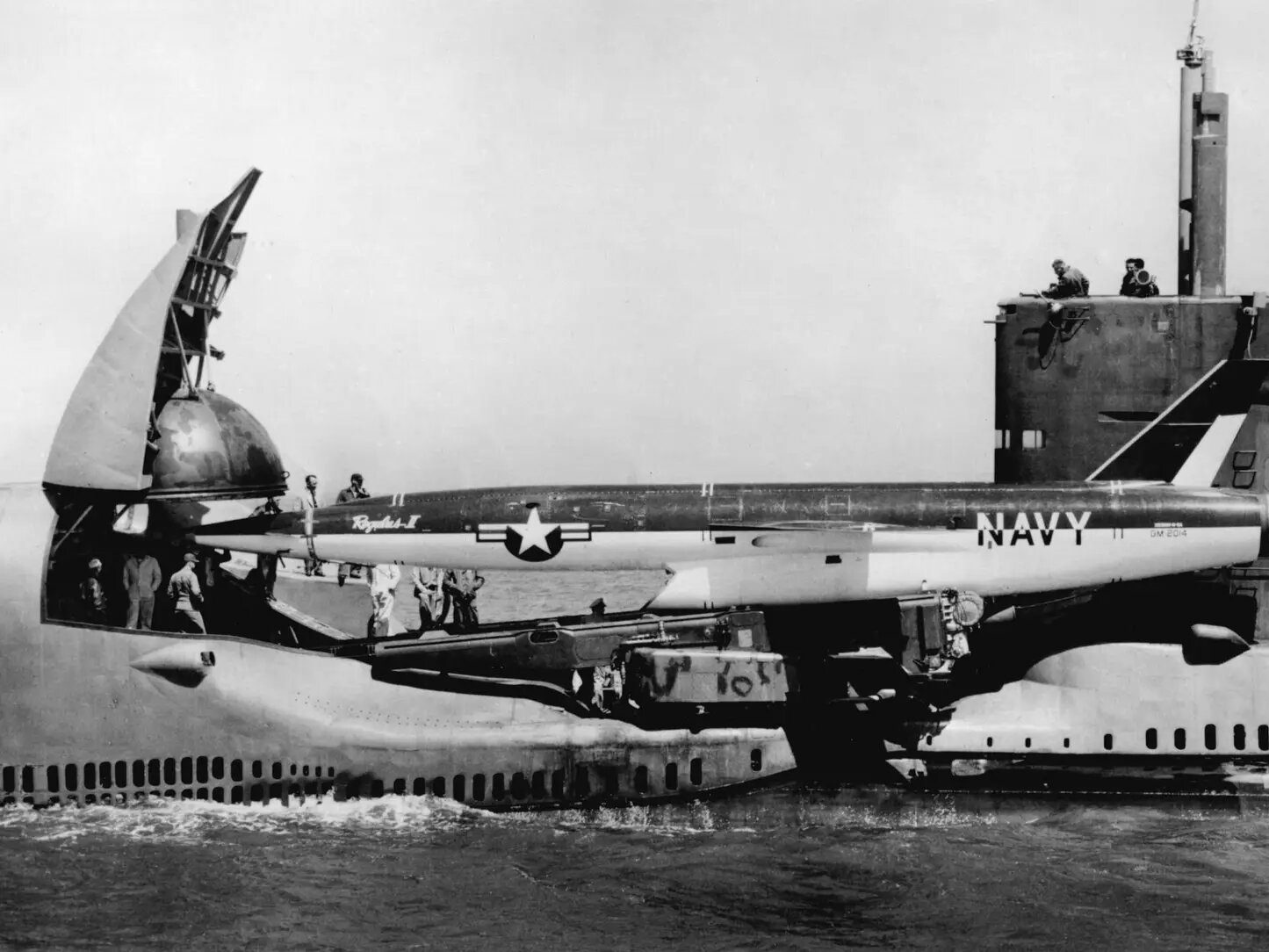
The Grayback was ordered to go to the Midway to restock their missile reserves, since they were pretty much all gone. Unfortunately, things got worse for them.
Days Went By And The Grayback Still Hadn't Surfaced
March 7, 1944 was when they were supposed to arrive. However, there was no sign of the sub all day long.
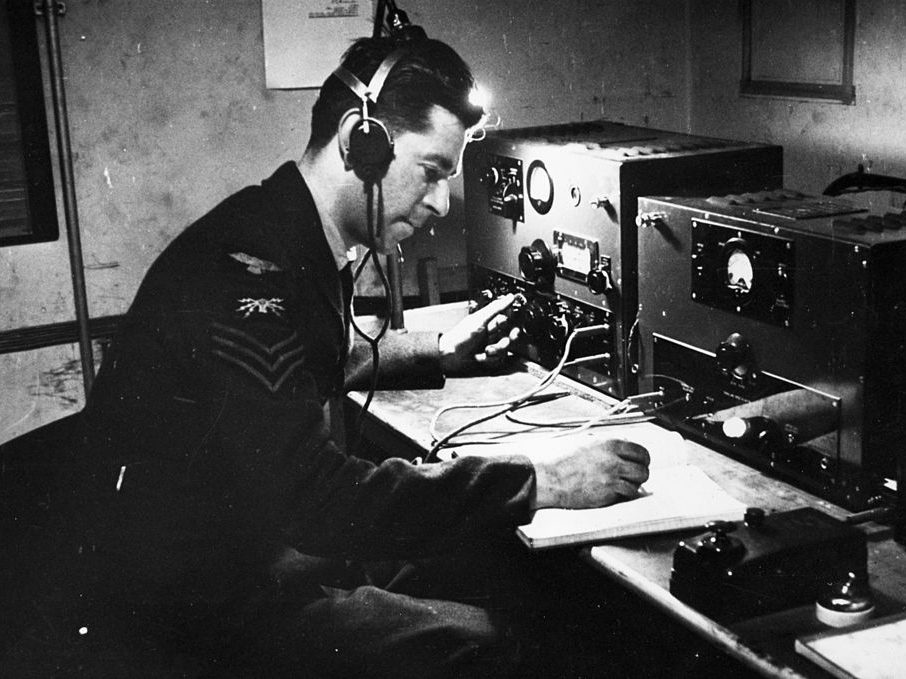
The Grayback still hadn’t arrived and the days continued to go by with little hope remaining. With still no sign of the sub, there was no other option but to declare it and its crew missing.
An Agonizing And Devastating Loss
The Grayback still hadn’t appeared and it seemed as if the only option was to just abandon all hope, despite the agony of that decision. Because the crew consisted of around 80 sailors, thinking about the losses of those lives was beyond upsetting.
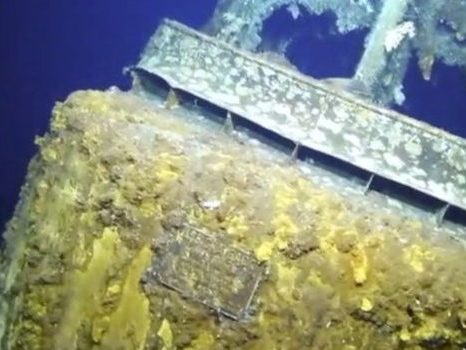
Aside from the potential missing sailors, the sub’s disappearance was a big loss for the Allies. In its past, the Grayback had nine expeditions that were successful.
The Electric Boat Company Was Responsible For Constructing The U.S.S. Grayback
It was 1940 in Groton, Connecticut at the Electric Boat Company, when the Grayback was first assembled. It’s also where the sub got its sturdy metal frame.
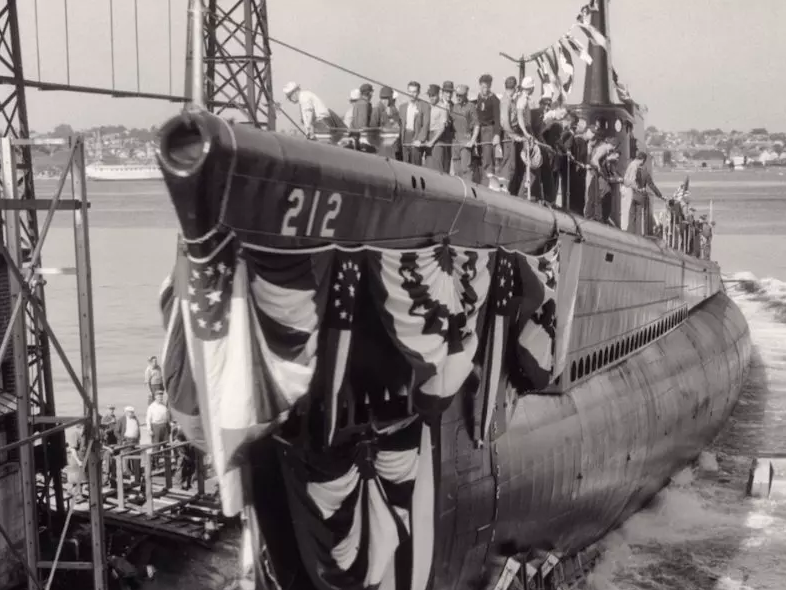
Image: H. Armstrong Roberts/ClassicStock/Getty Images
In 1900, about 40 years prior, the same shipyard was responsible for producing the first U.S. Navy sub, the U.S.S. Holland.
The Tambor-Class Ship Eventually Played An Important Part
The Electric Boat Company was the same one that also produced many more sub ships.
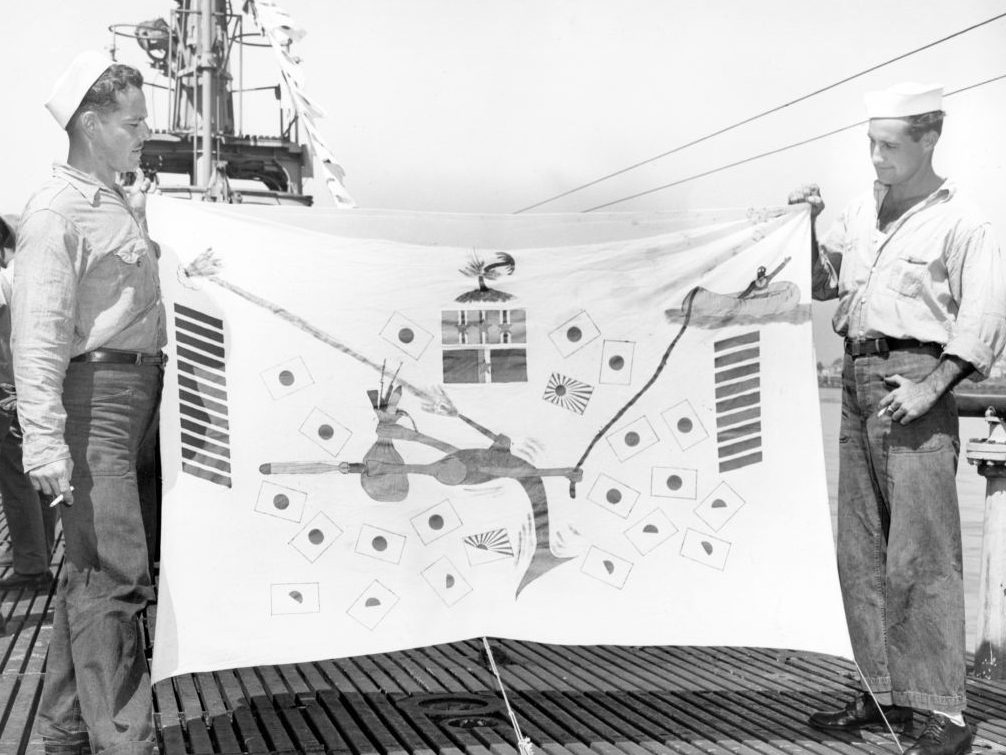
In that production was a Tambor-class sub, which would later on became the star of this story. The Electric Boat Company only built 12 of those ships and five of them lived on to witness the war’s end.
The Grayback Boasted Many Impressive Features
The Grayback was built to reach a range of 11,000 nautical miles and could travel up to 21 knots (39 km/h). Needless to say, it had similar features to its metal brothers and sisters.
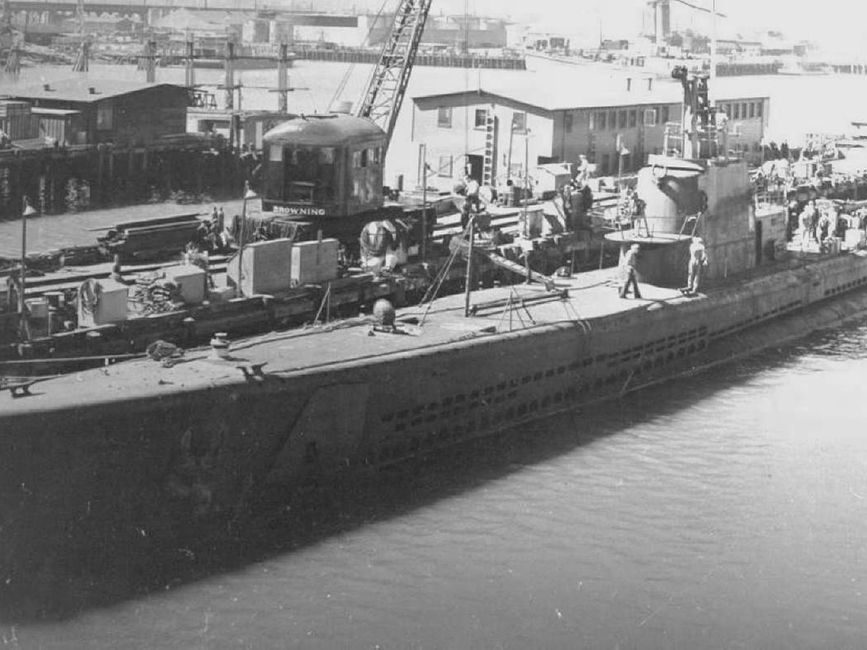
Source: navsource.org
The Grayback was a sub that could displace 2,410 tons of water. Due to this fact, it was impressive that the crew traveled to Japanese territory and all the way back.
The Living Conditions
Though it was heavy, it wasn’t exactly roomy. At 307 feet long and 27 feet wide, it couldn’t have been a comfortable place to live for weeks.
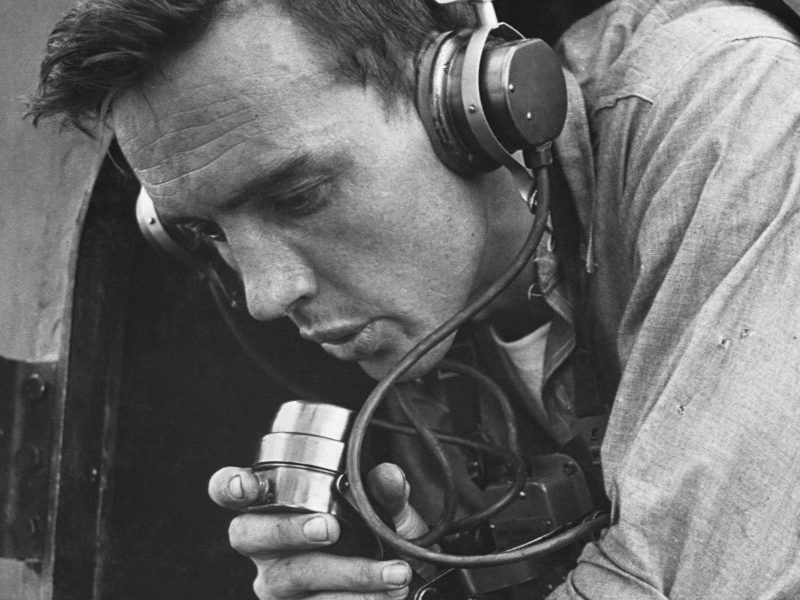
Image: Corbis via Getty Images
Especially when a crew of 80 is squeezed into a space for 60, as we have learned was the case on the fateful 1944 voyage.
The Arms
Comfort, of course, is far from the highest priority on a vessel carrying 24 torpedoes. This ship was designed for combat, and it was well prepared.
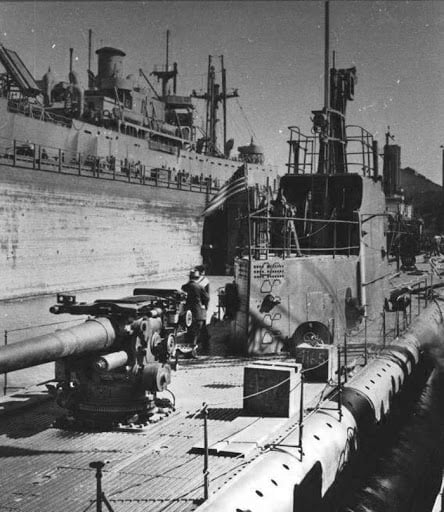
Image: ww2db.com
The floating bastion also sported two large cannons and a 50 caliber machine gun, making it quite a formidable foe in aquatic battles.
The Shakedown Cruise
In order to determine that the Grayback was ready to take on combat, it was required to undergo what’s called a “shakedown cruise.”
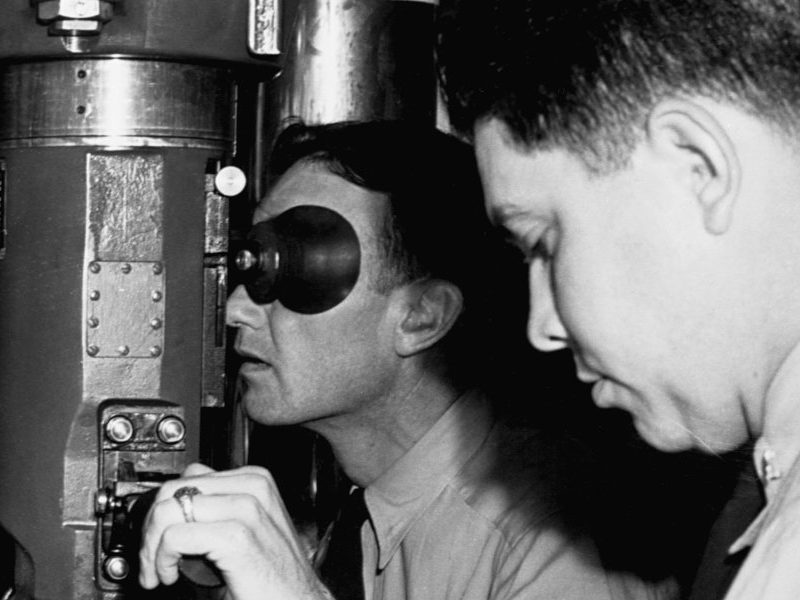
Image: Corbis via Getty Images
This was essentially a trial voyage with simulated working conditions to test the performance of the craft. It passed and was subsequently ordered to begin patrolling the seas.
The Construction & Launch
Workers toiled for ten months constructing the impressive submarine. Its first launch was on the 31st of January, 1941.
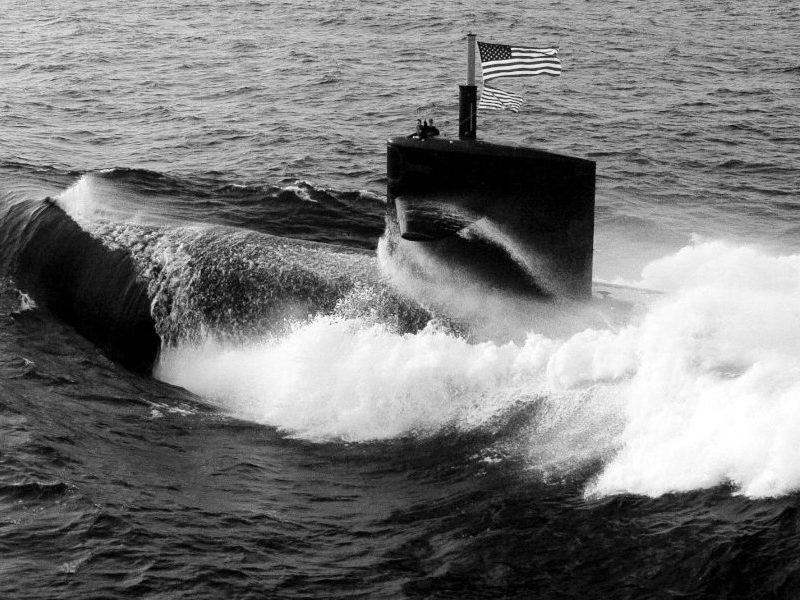
Image: michaelbwatkins/Getty Images
Its official commission into the U.S. Navy followed in June of that year. Five months later, the U.S. would become the next country to join the fray in WWII.
The Beginning of the War
Then, as we all know, the attack on Pearl Harbor in December 1941 catapulted the U.S. right in the middle of the worldwide conflict.

Image: picbear.com
By 1942, the Grayback was headed for Hawaii, and then soon after – battle. The brand-new sub was about to hit the ground running.
The First Patrol
The ship’s first wartime mission began on February 15, 1942. They were bound for Guam and Saipan, two islands in the pacific that had been targets for the Japanese army.
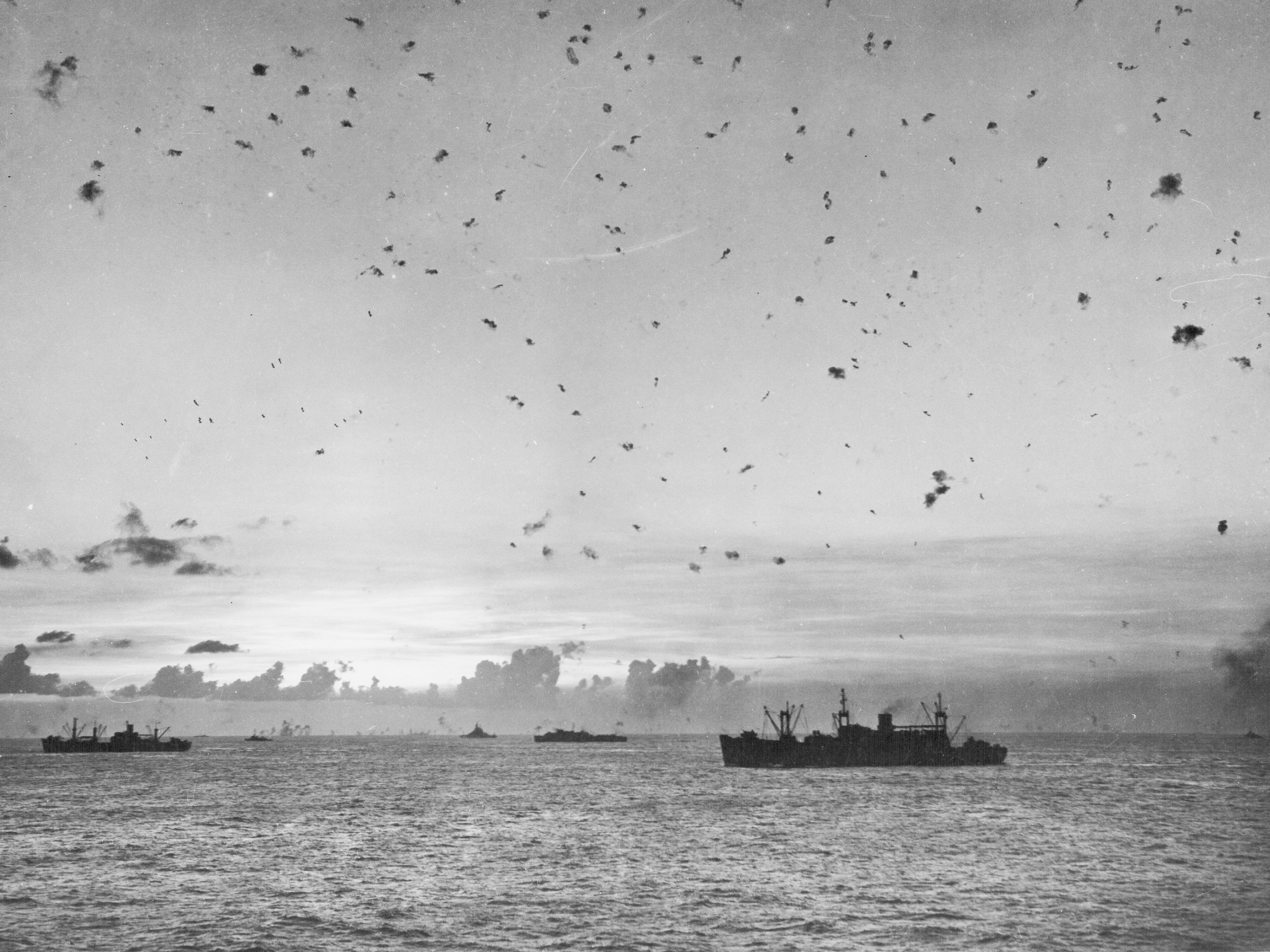
Image: U.S. Coast Guard/Getty Images
There the crew encountered their first enemy, another sub, which fired two torpedoes at the Grayback. Fortunately, they missed.
The Close Call
After being pursued for four days and just barely escaping the enemy, they continued along their path. The close call still remained in their minds, however.
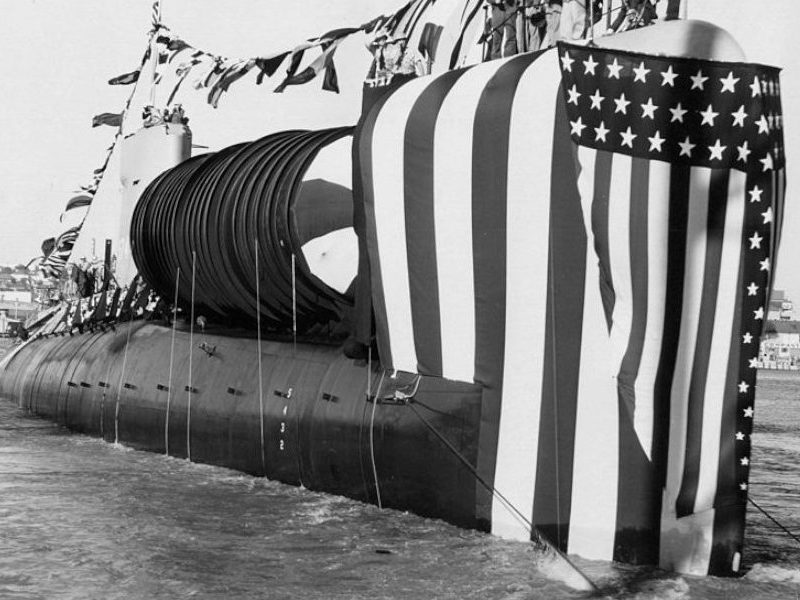
Image: Darryl L. Baker
A few weeks later, on March 17, they saw combat again. This time, they emerged victorious, having sunk the Ishikari Maru, a cargo vessel.
The Tough Times
The missions that followed were difficult and fraught with hazards, but ultimately proved worthwhile for the crew of the Grayback.
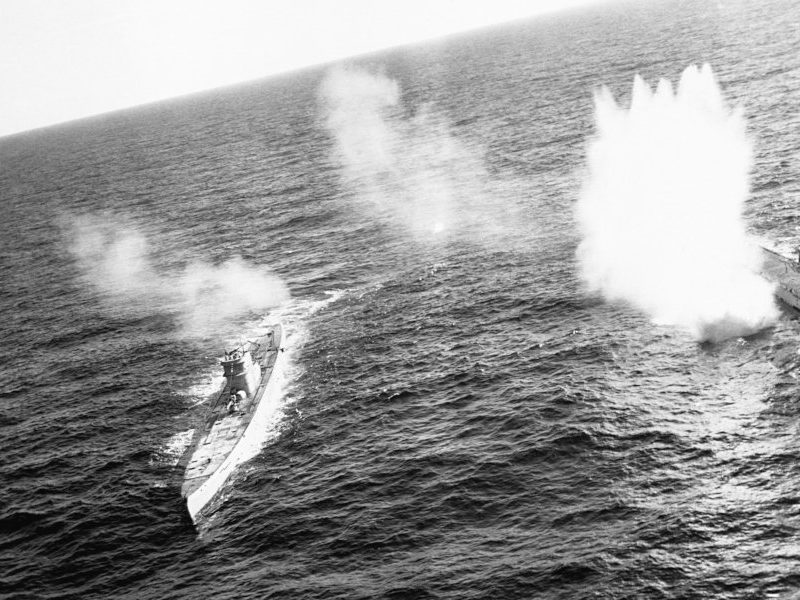
Image: Corbis via Getty Images
Though they endured rough seas and often shallow waters infested with enemy ships, they managed to actually do some damage to various foes. They were essential to maintaining territory for the allies.
The Christmas Attack
On December 7, 1942, the Grayback headed for the coast of Australia on its legendary fifth tour. Firstly, one of the medics performed a successful emergency appendectomy on a crew member while underwater.
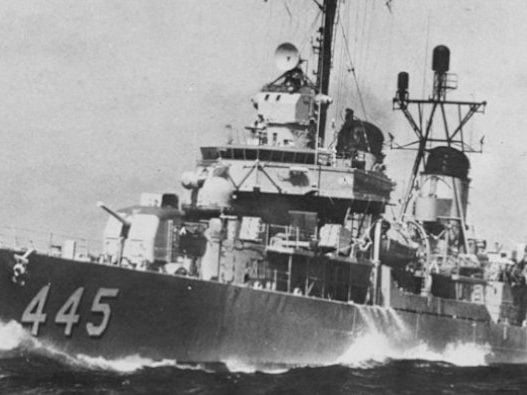
Image: Naval History and Heritage Command
Just a few days later, on Christmas, the ship surfaced and took four enemy crafts by surprise, sinking them handily.
The Rescue
The sub went on to claim more victories, and even ended up participating in a rescue mission for some airmen who were stranded on a nearby island.

Image: William P. Boyle
They surfaced under the cover of night and smuggled the stranded soldiers to safety. For their heroic rescue, the skipper was awarded the Navy Cross.
The Encounter
Even after all that, the events of the tour still weren’t over. The Grayback continued onward to damage a number of Japanese ships.
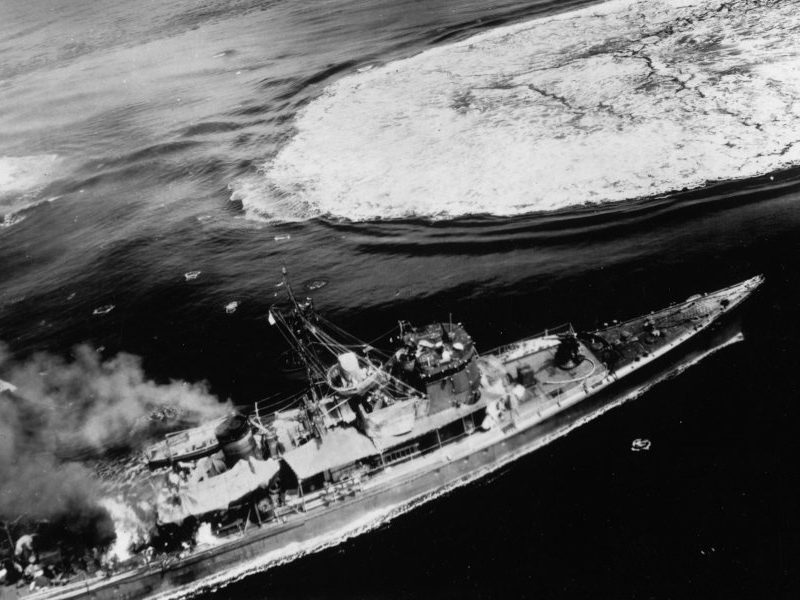
Image: Keystone/Getty Images
However, on January 17, they entered into a conflict with a destroyer that managed to sink 19 depth charges into the sub, causing dangerous leaks requiring repair.
Has the U.S.S. Grayback’s luck run out?
The Broken Radar
After limping home and receiving some much-needed repairs and upgrades, the sub was given the go-ahead to venture out on an another tour.
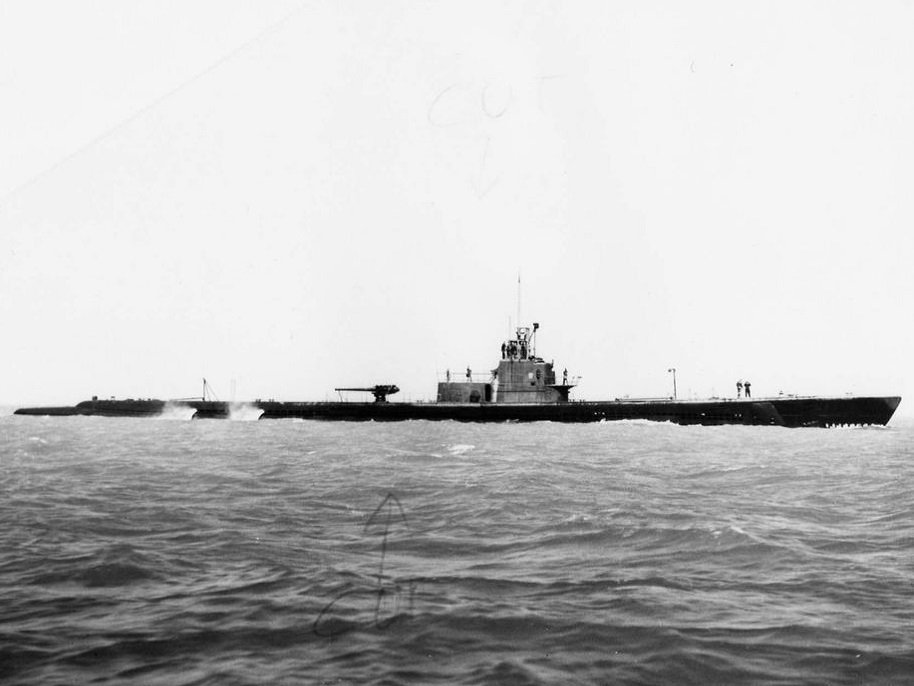
Image: U.S. Navy
Unfortunately, the radar, which had just been installed as part of the ship’s refurbishment, failed to function. That meant they couldn’t find a single ship.
More Victories
On tour number seven, the dauntless Grayback made its way to Brisbane, Australia on a much more successful journey. The element of surprise served the crew well.
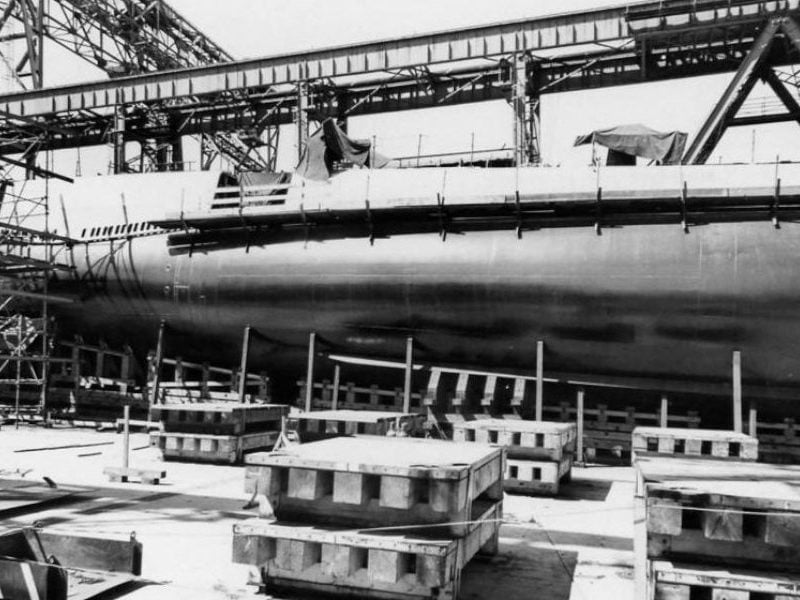
Image: Darryl L. Baker
They successfully sank two different enemy ships and seriously damaged a destroyer before being ordered back home for some upgrades and maintenance.
The Eighth Tour
With all its knobs and switches polished and primed, the newly souped-up submersible was ready for tour number eight.
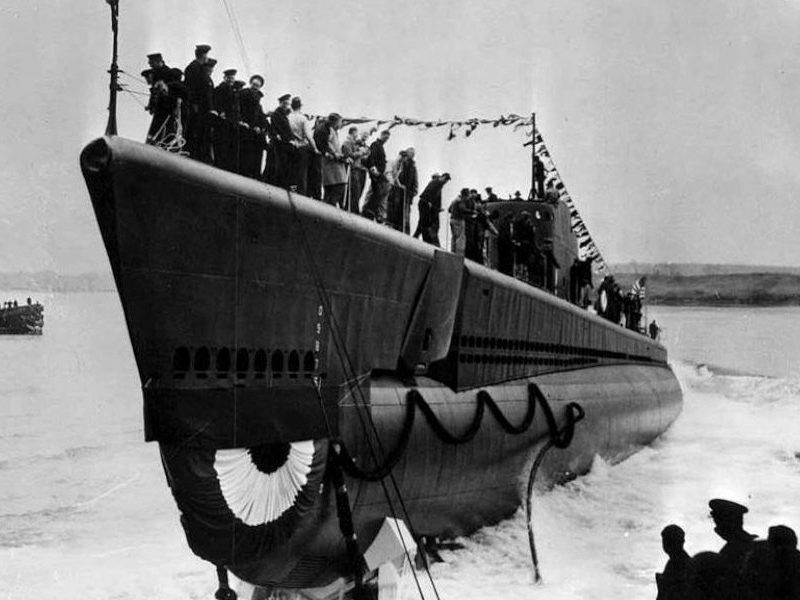
Image: U.S. Navy
It was also carrying a new commander, John Anderson Moore, sailing with its companion the U.S.S. Shad, a Gato-class sub. They were destined for the Midway Atoll in the North Pacific Ocean.
The Wolfpack
Once they had reached the island, the two submarines met up with yet another friendly vessel called the U.S.S. Cero.
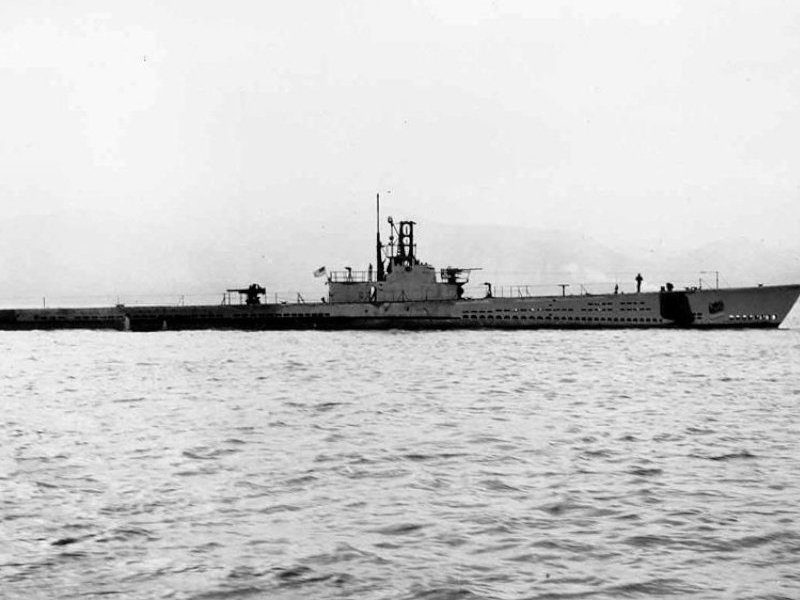
Image: U.S. Navy
Together they formed what is commonly called a “wolfpack.” This turned out to be a pretty accurate moniker as, together, the three boats formed a highly lethal team.
Successful Teamwork
As a unit, the ships reported that they had sunk 38,000 tons of enemy assets and damaged another 3,800.
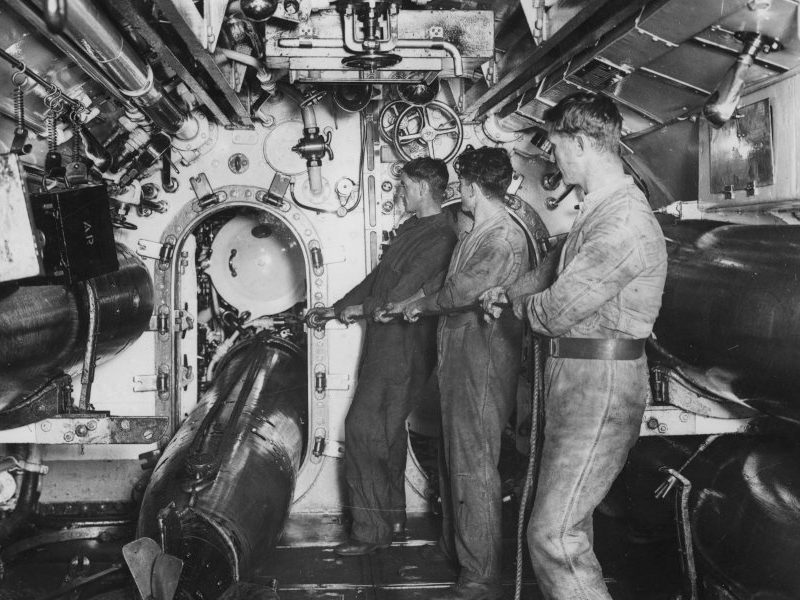
Image: Keystone/Getty Images
With the help of their teammates, the crew of the Grayback succeeded in sinking two adversary ships. Skipper John Moore, like his predecessor Stephan, was given the Navy Cross for their efforts.
The Tenth Patrol
After the success of its previous mission, they set out again on what would be their penultimate mission – this time to the East China Sea.
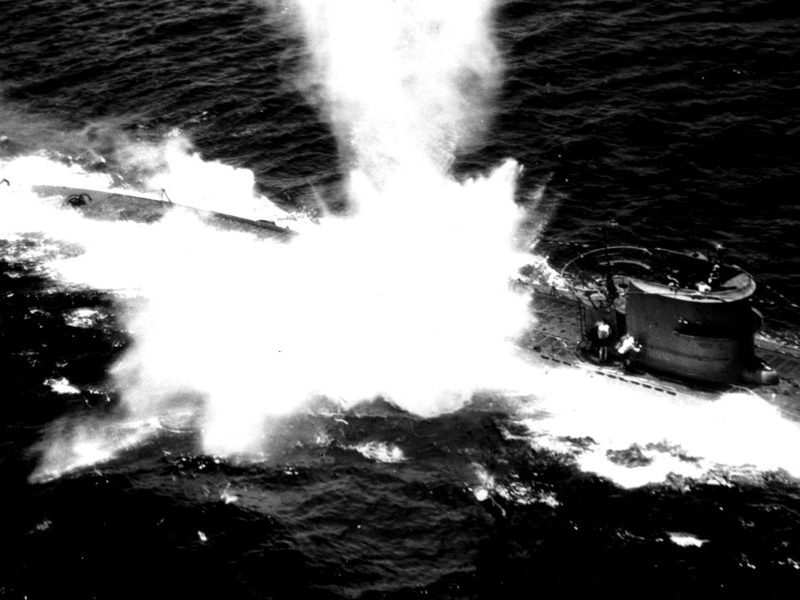
Image: Keystone/Getty Images
They quickly entered a skirmish, taking out four ships with all the torpedoes they had on board. It was another victorious journey for the U.S.S> Grayback.
The Final Mission
After a quick turnaround in Pearl Harbor, the submarine was deployed on its final mission – the ruinous one which would ultimately end at the bottom of the ocean.
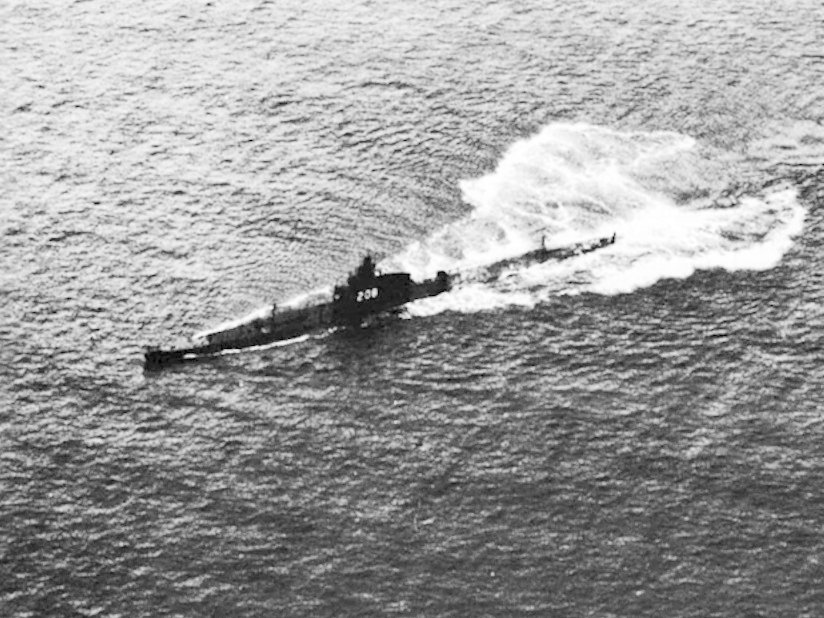
Image: Naval History and Heritage Command
Back then, no one suspected that it would end in tragedy. Given the vessel’s history, hopes were high for another productive tour.
What could possibly go wrong?
The Battles Won
It started out quite well, with the Grayback reporting that they’d sunk another two cargo ships and damaged two others.
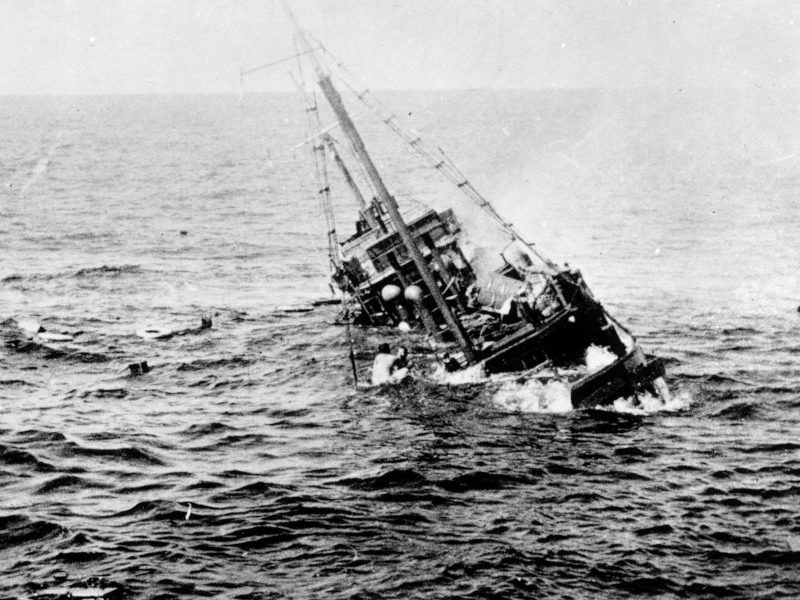
Image: U.S. Navy/Interim Archives/Getty Images
The next morning initially brought more good news; another ship sunk and damage done to a second.
The Mistaken Place
That message was the last anyone heard from the crew of this doomed vessel for many years. About 75, to be exact.

Image: Los Angeles Examiner/USC Libraries/Corbis via Getty Images
At the time, it was assumed that the sub had gone down off the coast of Okinawa, a small island in the Ryuku Island archipelago south of mainland Japan.
Lost in Translation
The assumed location of the Grayback was based on records from the Japanese Navy that ended up being mistranslated by the Americans, getting the position wrong by about 100 miles.
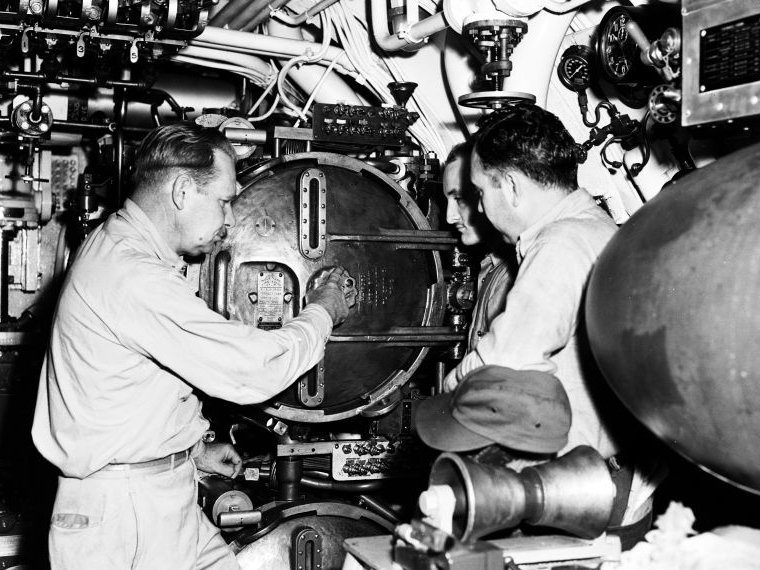
Image: Los Angeles Examiner/USC Libraries/Corbis via Getty Images
This misunderstanding meant that the downed sub’s actual location remained a mystery until well after the war was over.
The Explorer
Enter one Tim Taylor, a modern-day Cousteau who has spent years exploring the world’s oceans. He’d made a career of uncovering the many mysteries of the sea.
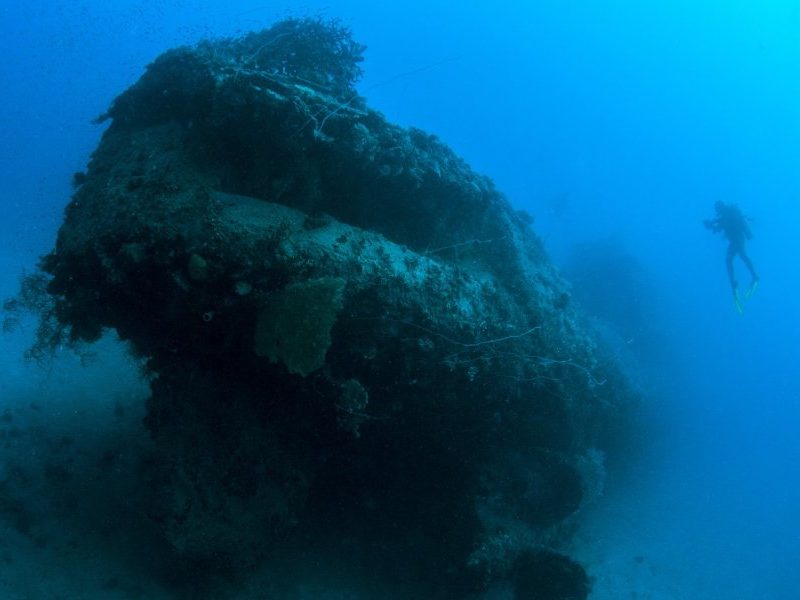
Image: atese/Getty Images
With that goal in mind, he founded the Lost 52 Project. This organization sought to locate lost crafts from WWII using cutting edge technologies.
The First Find
The project began after Taylor successfully orchestrated the discovery of another lost sub – the U.S.S. R12.
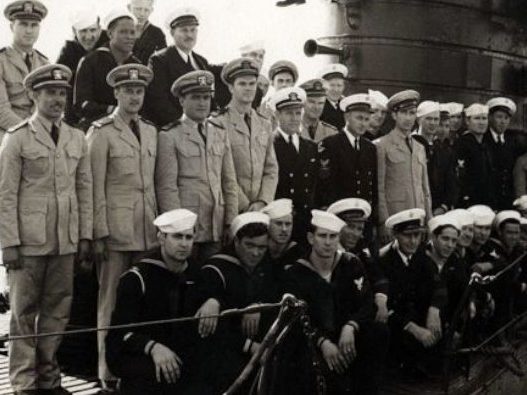
Image: via Twitter/USS Bowfin (SS-287)
It was a much older craft, commissioned back in 1919. It sank with its crew aboard in June of 1943 during a routine training exercise. 42 lives were lost in the tragic accident.
The R12
The R12 had once been a combat sub like the Grayback, but much earlier. In fact, it had actually been removed from the Navy’s main roster of ships in 1932.
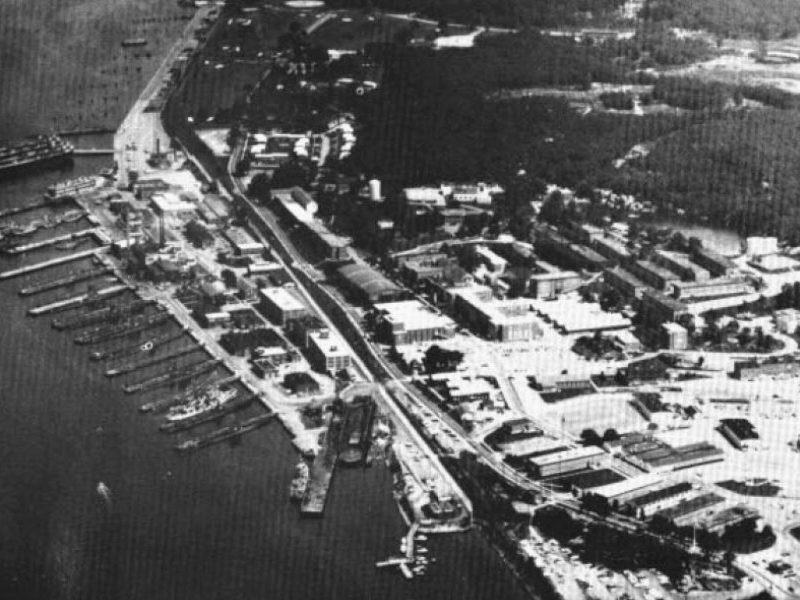
Image: U.S. Navy
However, when war once again threatened the U.S., the sub was refitted and drafted back into service in July 1940.
Good as New
On its first voyage after being recommissioned, the R12 was sent to the Panama Canal in order to protect it from approaching enemies.
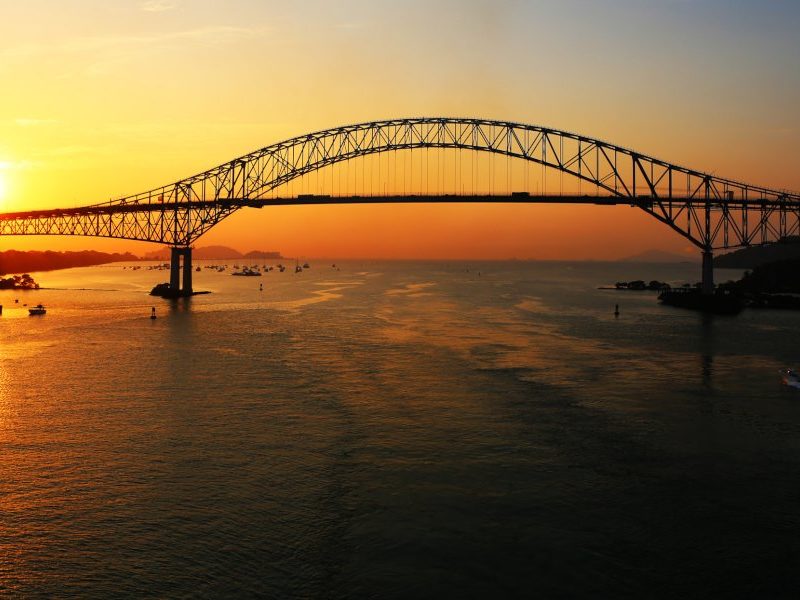
Image: Jared_Sislin_Photography/Getty Images
The crew worked there for around a year. They were then ordered back to Connecticut where they patrolled the Atlantic waters until Pearl Harbor brought them back to Panama.
The Failed Excercise
By 1943, The R12 was no longer completing patrols, but was rather used as a training vessel at a facility in Key West.
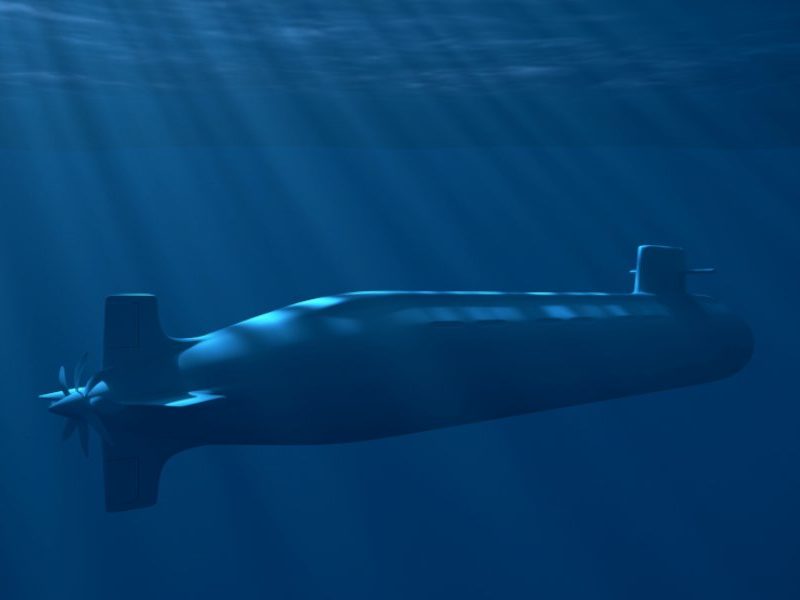
Image: vlastas/Getty Images
One exercise proved to be too much when, unexpectedly, the craft began to take on water. Attempts were made to save it, but it was too late.
The Lucky Few
As it took on more and more water, the sub rapidly plunged 600 feet into the sea with all but five of the crewmembers trapped inside.
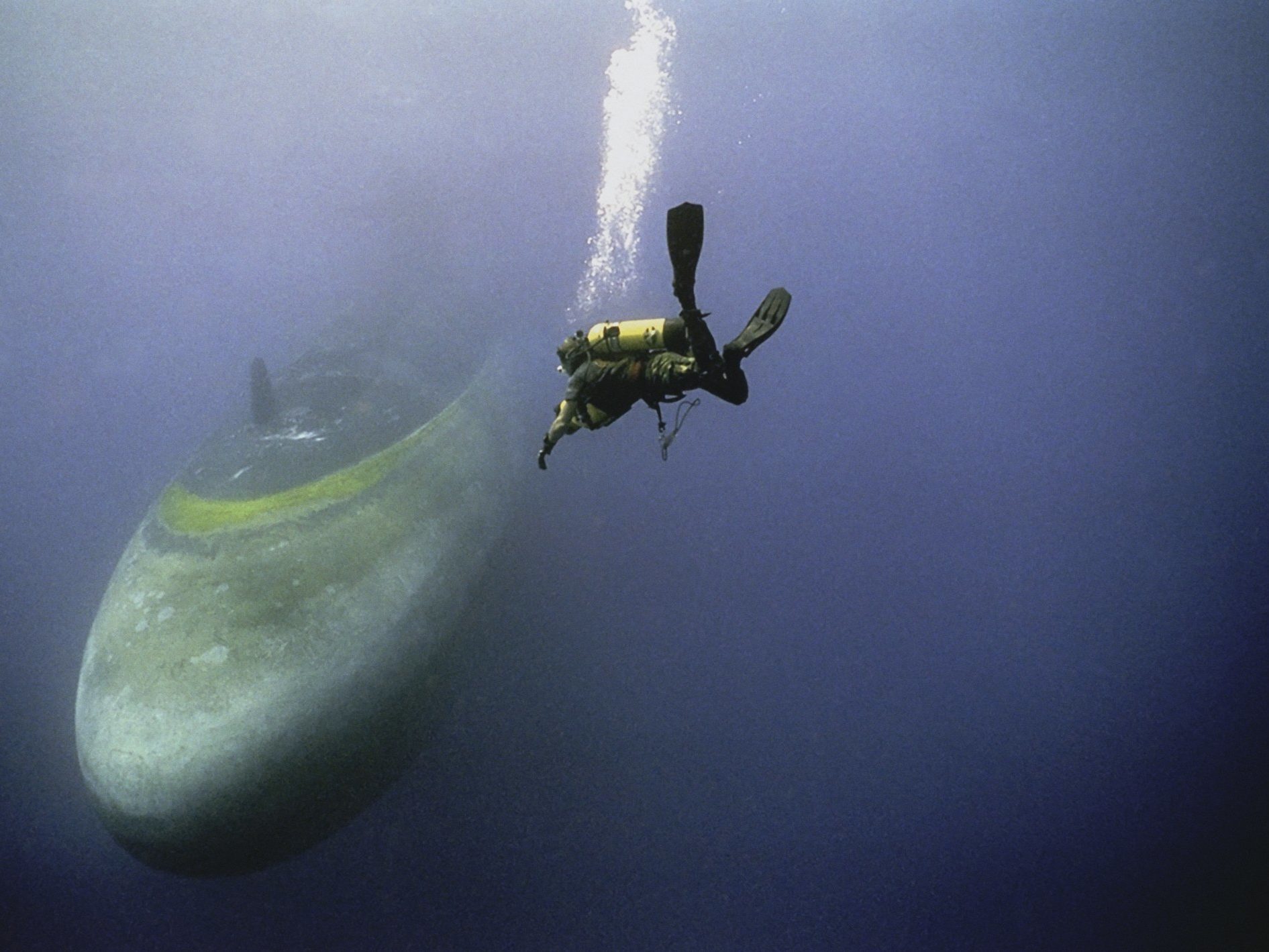
Image: Stocktrek/Getty Images
The ones who survived were only spared because they were out on the deck when the incident occurred, and they were swept off and rescued.
The First Photos
R12 languished beneath the waves for nearly seventy years before Tim Taylor’s team discovered its wreckage using a robotic submersible.
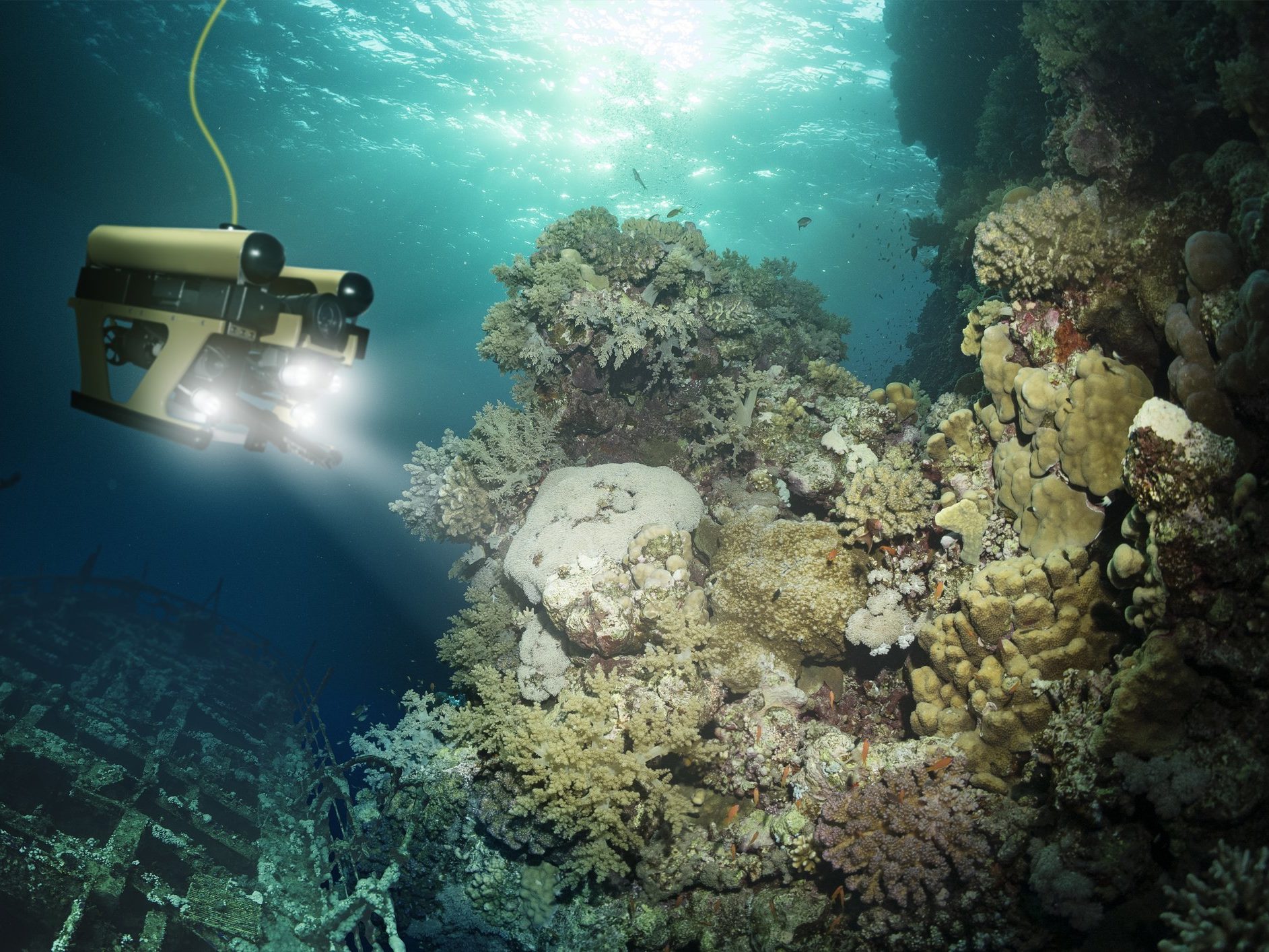
Image: S_Bachstroem/Getty Image
This enabled them to capture the first images of the lost sub since it had sunk so many years earlier. They also gathered important data so as to prevent another tragedy.
The Goal
With the mission to find the R12 a resounding success, Tim Taylor founded the Lost 52 team and pledged to discover even more lost submarines.
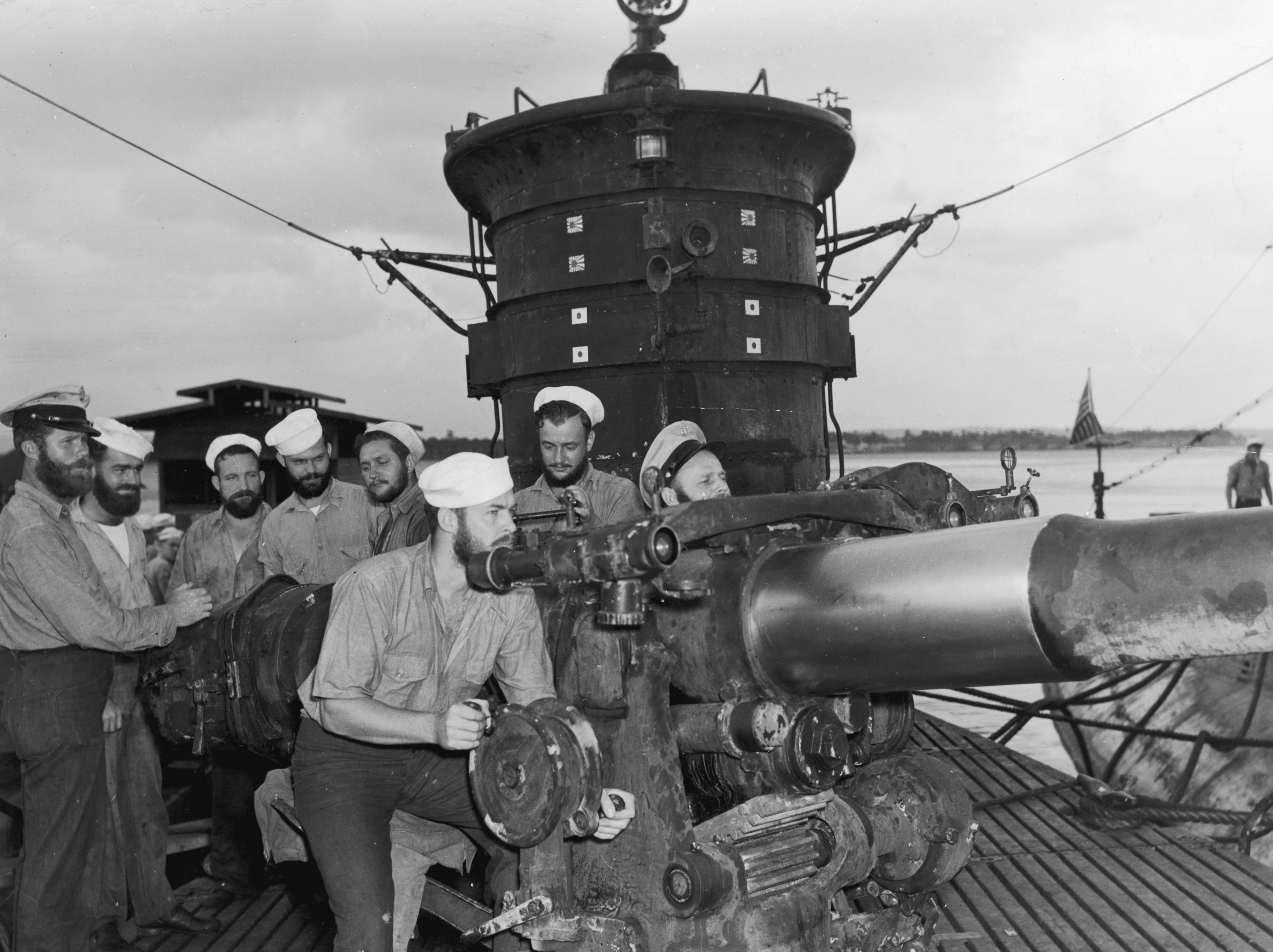
Image: A. E. French/Hulton Archive/Getty Images
52 subs were reported lost during WWII, and Taylor and his team resolved to find them all in honor of the over 3,000 sailors who lost their lives serving their country.
The Discoveries
Over the course of ten years, the squad of sub-seekers discovered the location of five more downed vessels in various parts of the Pacific.
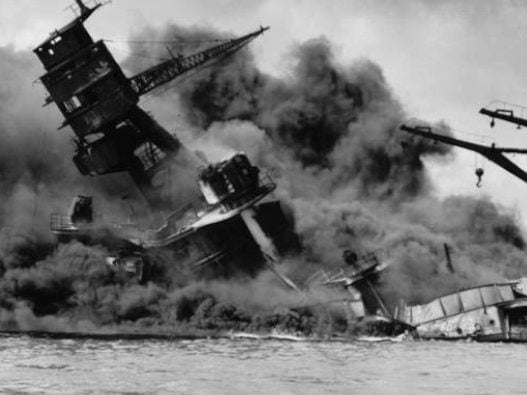
Image: U.S. Navy
Using advanced technology, they’re able to document and subsequently create realistic renderings of their discoveries. This helps them uncover the mysteries these wayward ships can hold.
The Real Reason
They also collect samples and detritus from the wreckage to aid in their scientific studies for future missions.
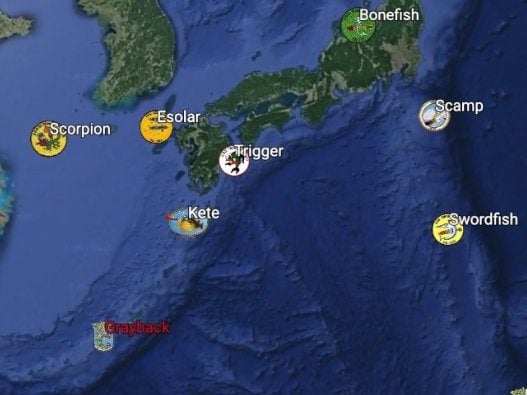
Image: YouTube/Ocean Outreach
Ultimately, though, their objective is to uncover the truth and bring peace to the families and loved ones of the venerated sailors who lost their lives in these catastrophic wrecks.
The Other Fish
Lost 52 has also discovered two other ships from the WWII era. One, the U.S.S. Grunion, was discovered near Kiska, Alaska..
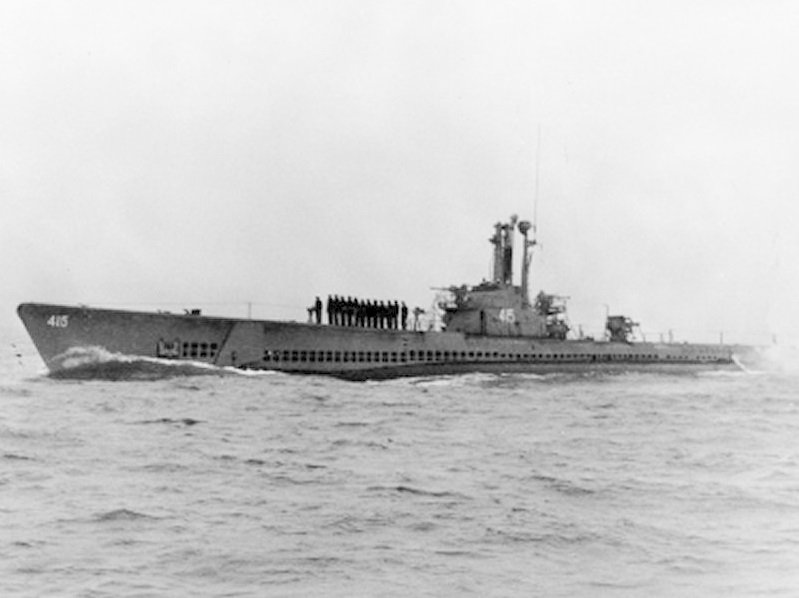
Image: USN/USNI
The U.S.S. Stickleback, which was found near Honolulu, Hawaii, was actually lost during the Cold War. It collided with another sub during training and sank.
Examining Old Reports
Lost 52’s hunt for the Grayback began with a thorough examination of the original reports detailing the lost sub’s whereabouts.
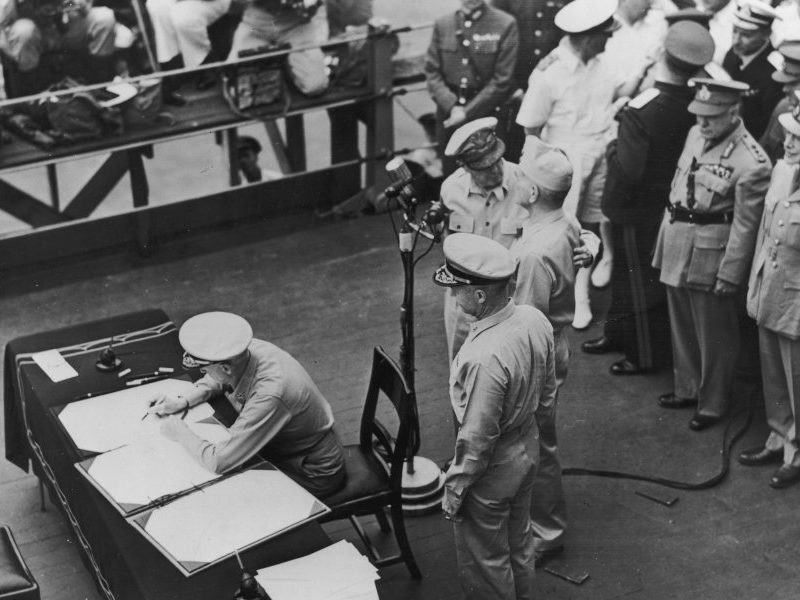
Image: Hulton Archive/Getty Images
The team’s Japanese translator and researcher was able to re-translate the documents and discovered the error. This gave them new data to work with and pointed them in a new direction.
The Mistake
The error was transcribed from a radio report sent from Naha, Okinawa to Sasebo in Nagasaki. It was sent out just a few days after the Grayback’s final dispatch.
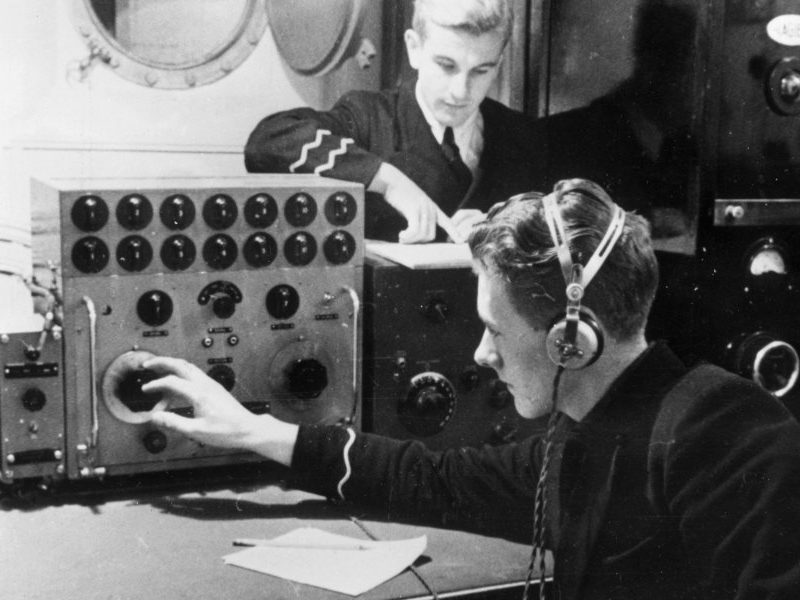
Image: Three Lions/Getty Images
The report described the true fate of the Grayback. It began with a standard Japanese bomber plane, a Nakajima B5N.
The Bomber
The plane took off on a routine patrol, and encountered an American submarine sailing on the surface. It didn’t hesitate to attack.
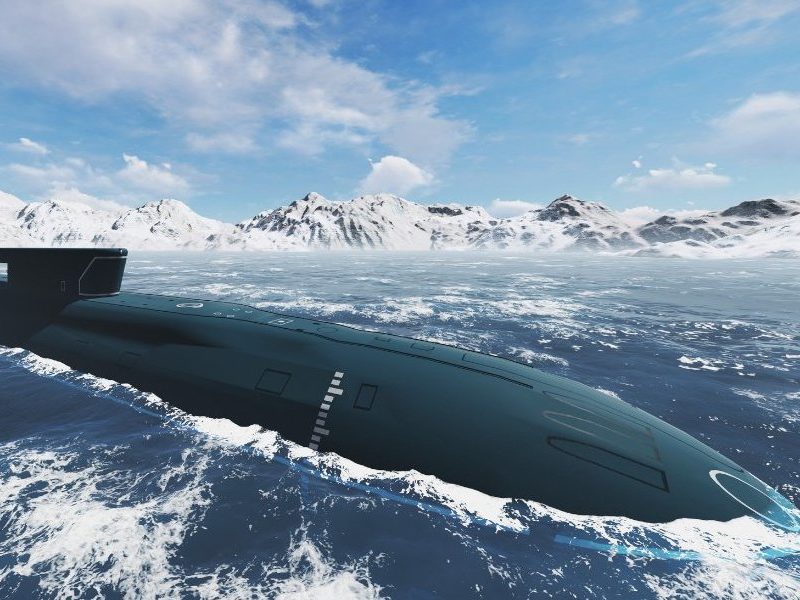
Image: Marseas/Getty Images
The plane dropped a bomb onto the unsuspecting submarine, blowing a hole in the hull and sending it sinking to the depths. No survivors were noted from the wreck.
The Real Location
The most crucial part of the message, however, was the explicit location of the downed craft.
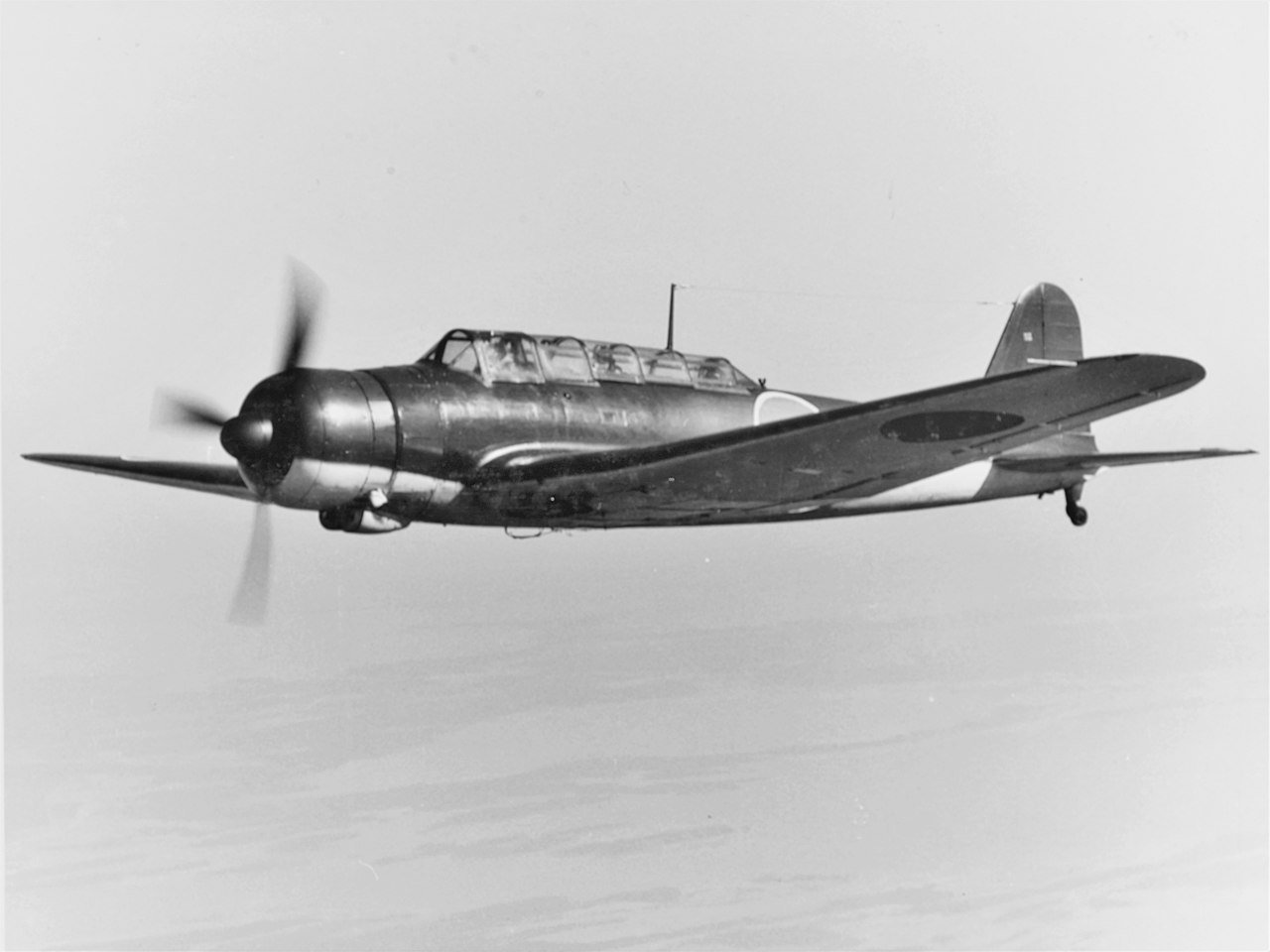
Image: U.S. Navy
Upon careful review, it turned out the coordinates were different than they thought. The original estimation was shockingly off by about 100 miles, meaning past searches had no chance of finding the lost sub.
Will the remains of the U.S.S Grayback finally be found?
The Underwater Hunt
Now that the team had solid data, they could begin the search in earnest for the lost Grayback.
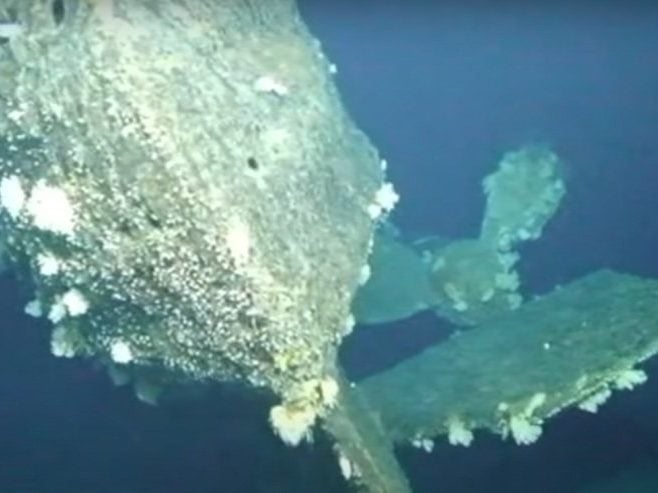
Image: YouTube/Ocean Outreach
After lots of combing through the nearby waters, the wreck of the ship was finally discovered. Surprisingly, the hull was still mostly intact after being submerged under the waves for over 70 years.
The Human Toll
As one could imagine, discovering the wreck was all at once thrilling and somber. They’d finally found what they were looking for.
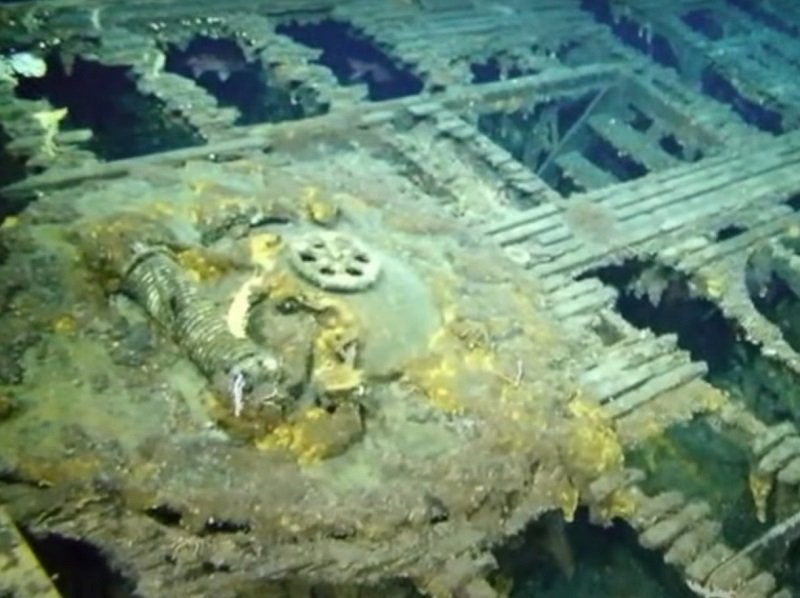
Image: YouTube/Ocean Outreach
At the same time, this was the final resting place of 80 sailors, and the reality of that loss weighed heavily on the minds of the Lost 52 team.
The Remains Underwater
A plaque was erected for the members of the Grayback submarine for the family to commemorate their life and death.
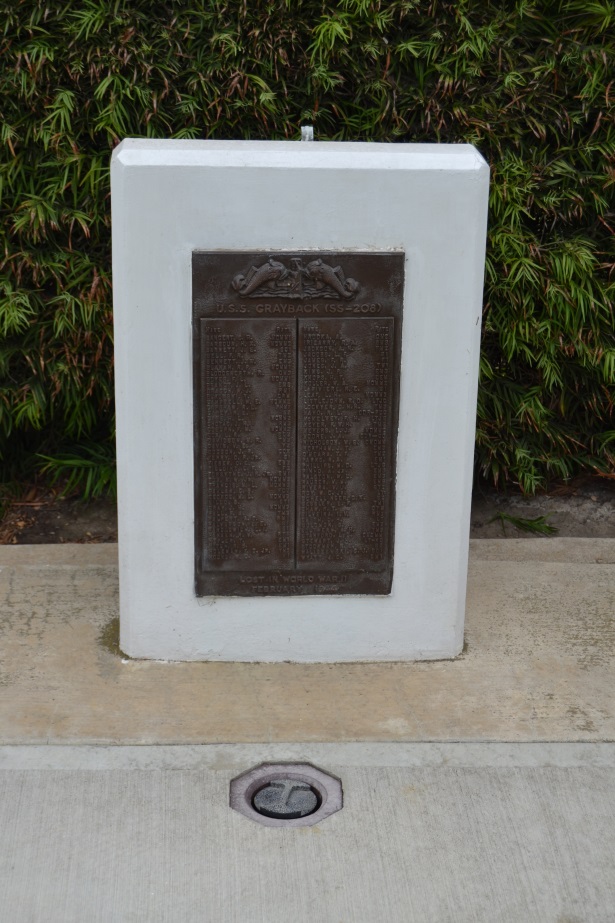
Image: Facebook
The submarine sits underwater. The deck gun was made from the primary wreckage. The wreck also had severe damage near the conning tower, which matched the Japanese’s report of a direct hit in that area.
